
What is the GB 9706.283-2022 Standard?
Standard Background and Scope of Application
GB 9706.283-2022 "Medical Electrical Equipment Part 2-83: ParticULar Requirements for Basic Safety and Essential Performance of Home Light Therapy Equipment" was issued on December 29, 2022, and is planned to be officially implemented on January 1, 2026. This standard is adapted from the international standard iec 60601-2-83 and specifically targets light therapy equipment used in home care environments. It covers non-laser light sources with wavelengths between 200 nm and 3000 nm (such as LEDs, intense pulsed light, etc.), aiming to regulate the safety, performance stability, and risk control of home light therapy equipment.
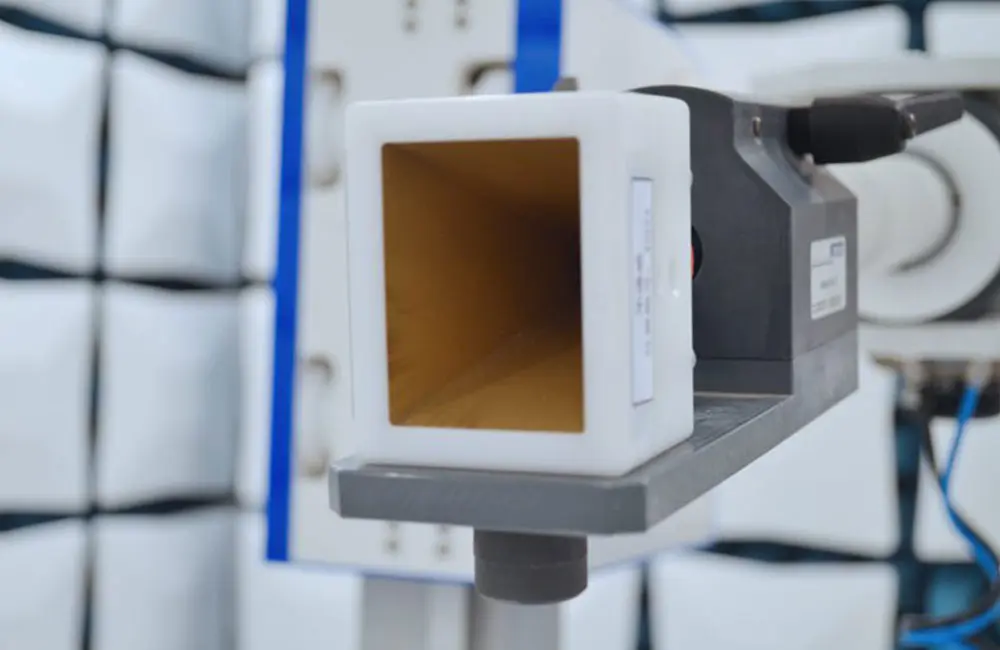
Scope of Application:
● Equipment Type: Light therapy equipment used in home environments, such as home intense pulsed light hair removal devices, RED/blue light therapy devices, etc.
● Core Requirements: Ensure safe usage by inexperienced operators (ordinary users) in home settings, preventing risks such as excessive light radiation and electric leakage.
Core Requirements Analysis
1. Light Radiation Safety Classification
Based on the severity of light radiation hazards, equipment is divided into three categories:
● Exempt: No biological risk from light.
● Risk Category 1 (Low Risk): Light radiation exceeds the exemption limit but is controllable.
● Risk Category 2 (Medium Risk): Radiation levels need to be limited through technical means (e.g., skin detection devices).
Note: Risk Category 3 (High Risk) devices are prohibited from entering home environments due to excessive safety hazards.
2. Key Safety Measures
● Skin Detection Device:
The equipment must be equipped with sensors to ensure light radiation is triggered only when in contact with skin and stops emitting light within 0.1 seconds after contact is interrupted, preventing accidental exposure to eyes or non-target areas.
● Protective Design:
● Limit radiation of ultraviolet (180~400 nm) and infrared (780~3000 nm) light.
● Intense pulsed light devices must have an energy adjustment function that automatically matches safe parameters based on skin tone.
● Warning Labels:
The equipment must bear ISO safety symbols (e.g., "Do not look at the light source," "Wear protective goggles") and the user manual must clearly specify contraindicated groups (e.g., sensitive skin, inflamed areas) and abnormal handling instructions.
3. Performance and Compatibility
● Electromagnetic Compatibility: Must comply with standards such as YY 9706.102 to avoid interference with other household appliances.
● Environmental Adaptability: Must pass IP21/IP22 protection level tests for dust and water resistance to adapt to the variable environment of a home.
● Software Validation: Control software must be managed under medium-risk protocols to ensure treatment parameters are precise and reliable.
Differences from Other Standards
1. Comparison with YY 9706.257-2021
● YY 9706.257: Applies to non-laser light therapy devices used in medical institutions, covering treatment, beauty, and other scenarios, allowing higher-risk radiation categories (e.g., Risk Category 3).
● GB 9706.283: Specifically designed for home use, with stricter radiation limits, and mandatory simplification of human-machine interaction (e.g., graphical user manuals).
2. Relationship with iec 60335-2-113
IEC 60335-2-113 targets beauty appliances (including lasers), while GB 9706.283 explicitly excludes lasers and focuses on the medical management of non-laser light sources.
Enterprise Compliance Recommendations
1. Registration and Testing
● Home light therapy equipment must be registered as Class II medical devices and comply with GB 9706.1 general safety standards and related specific standards (e.g., YY 9706.111).
● Testing Focus: Light radiation energy, skin contact sensing response time, and electromagnetic compatibility.
2. Manuals and Labels
● Use illustrated operation guides, clearly specifying the medical parameters corresponding to energy levels (e.g., energy density values).
● Indicate the target user group, charging specifications, and emergency troubleshooting steps.
3. Transition Period Preparation
● Before the 2026 standard implementation, companies must complete product upgrades, such as adding skin detection modules and optimizing radiation control algorithms.
● Products already on the market must supplement new standard testing reports when renewing registrations.
The China JJR Laboratory has obtained CNAS and CMA accreditation, and its reports are internationally recognized, providing assurance for more customers and products. For more specific product evaluations or testing plans, equipment technical requirements and manuals can be provided for further analysis and assessment.
Email:hello@jjrlab.com
Write your message here and send it to us
 Amazon ISO/IEC 17025 UL Testing Service Laboratory
Amazon ISO/IEC 17025 UL Testing Service Laboratory
 How to get CE Certification for Lighting Products?
How to get CE Certification for Lighting Products?
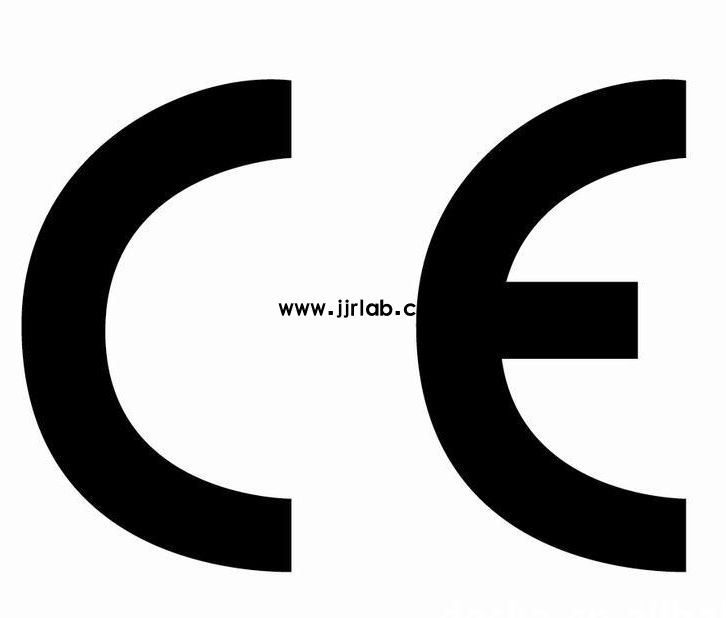 CE Certification Standards & Process for Elect
CE Certification Standards & Process for Elect
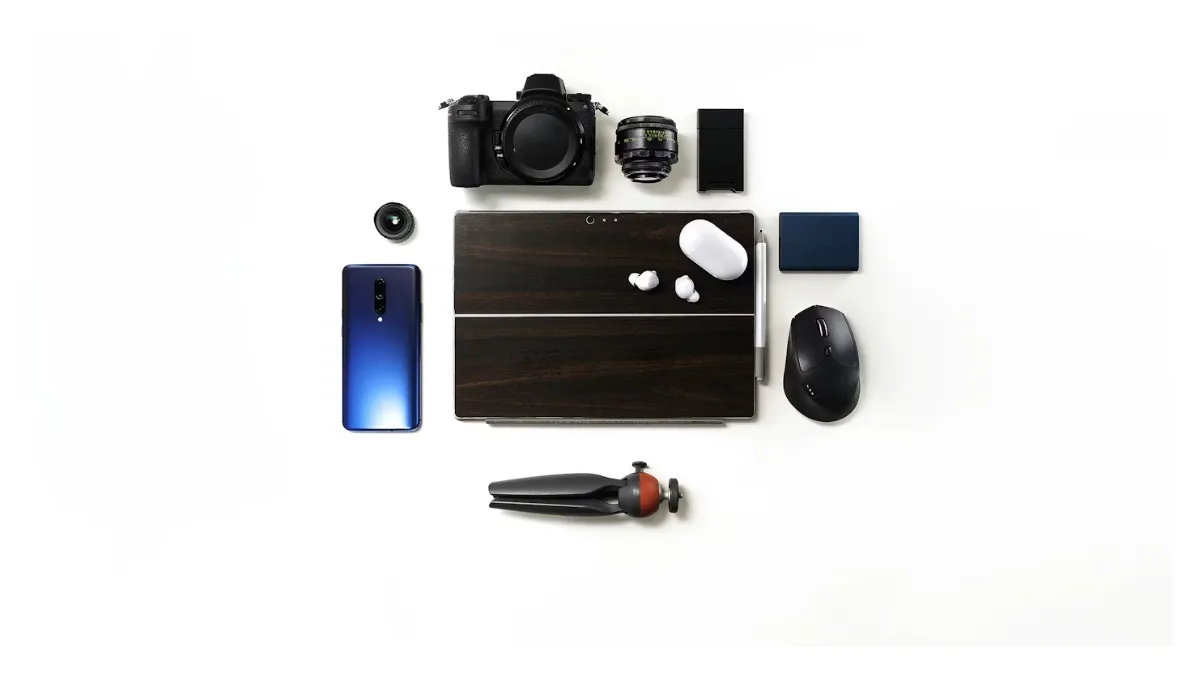 Japan METI Registration & Japanese Agent Servi
Japan METI Registration & Japanese Agent Servi
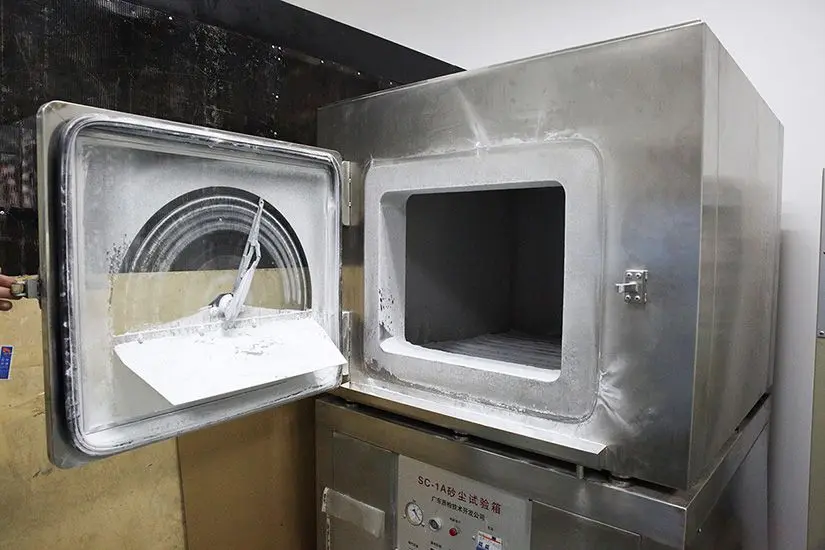 Temperature Shock Test (IEC 60068-2-14:2009)
Temperature Shock Test (IEC 60068-2-14:2009)
 Electromagnetic Compatibility (EMC) Testing Servic
Electromagnetic Compatibility (EMC) Testing Servic
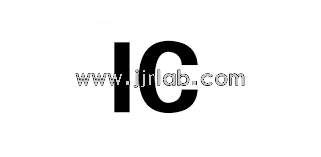 Canada ISED Certification (IC Certification) Analy
Canada ISED Certification (IC Certification) Analy
 CSA C22.2 No.42 Compliance Test Report for Amazon
CSA C22.2 No.42 Compliance Test Report for Amazon
Leave us a message
24-hour online customer service at any time to respond, so that you worry!




